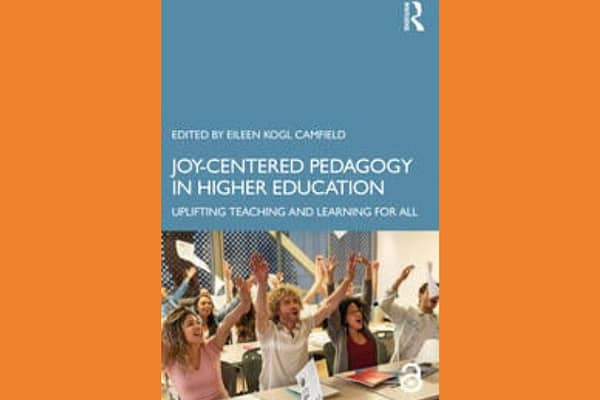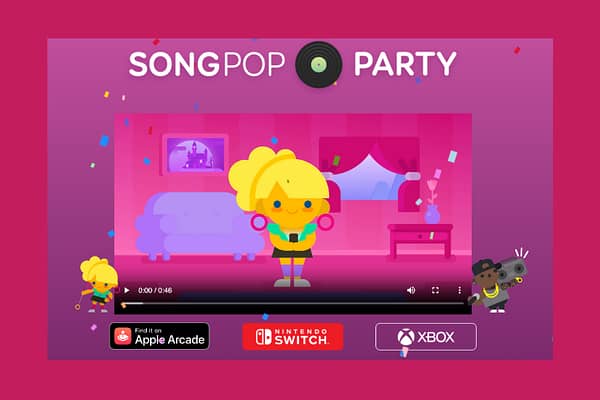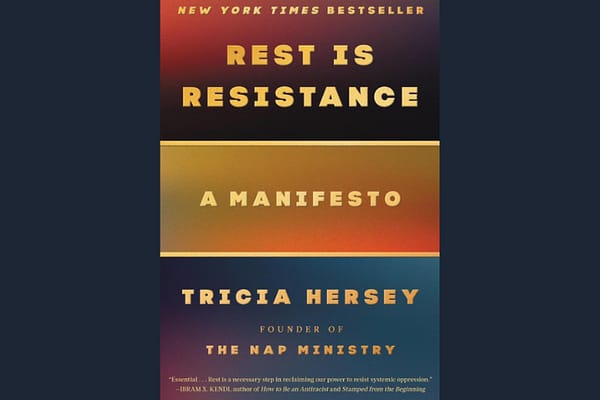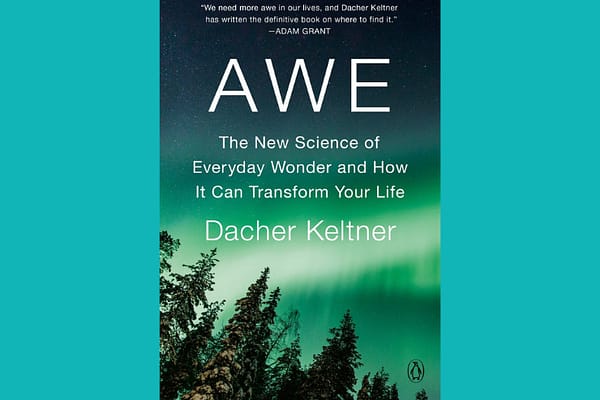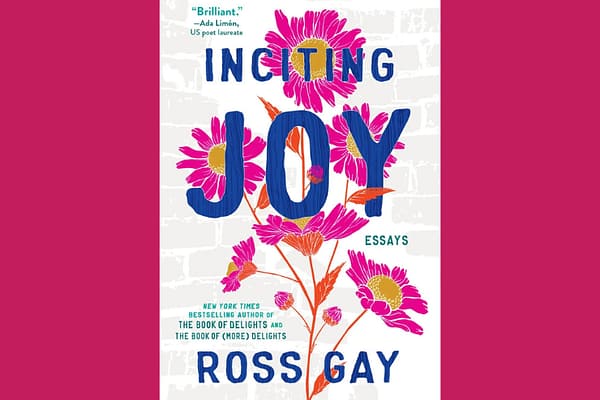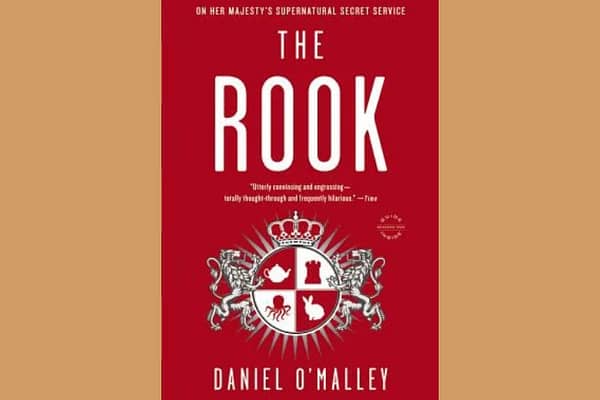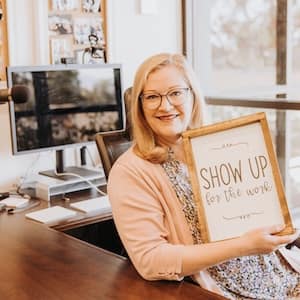Podcast (tihe_podcast):
Play in new window | Download | Transcript
Subscribe: Apple Podcasts | Spotify | RSS | How do I listen to a podcast?
Eileen Camfield shares about Joy-Centered Pedagogy in Higher Education on episode 566 of the Teaching in Higher Ed podcast.
Quotes from the episode
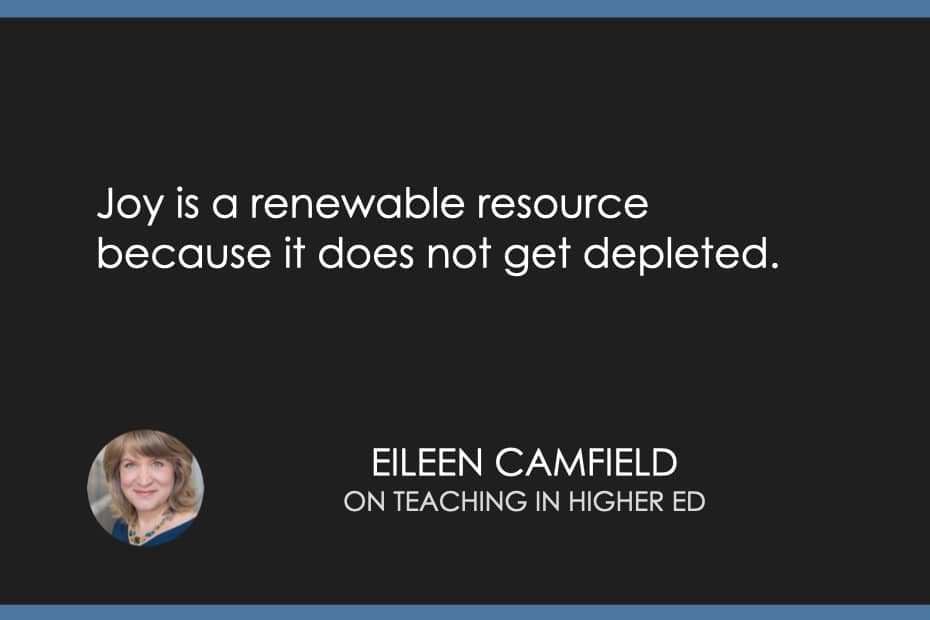
I want to encourage folks to think about how vigor can go alongside rigor.
-Eileen Camfield
We really feel healed. We really feel like our suffering does not have to define us anymore.
-Eileen Camfield
Joy is a renewable resource because it does not get depleted.
-Eileen Camfield
